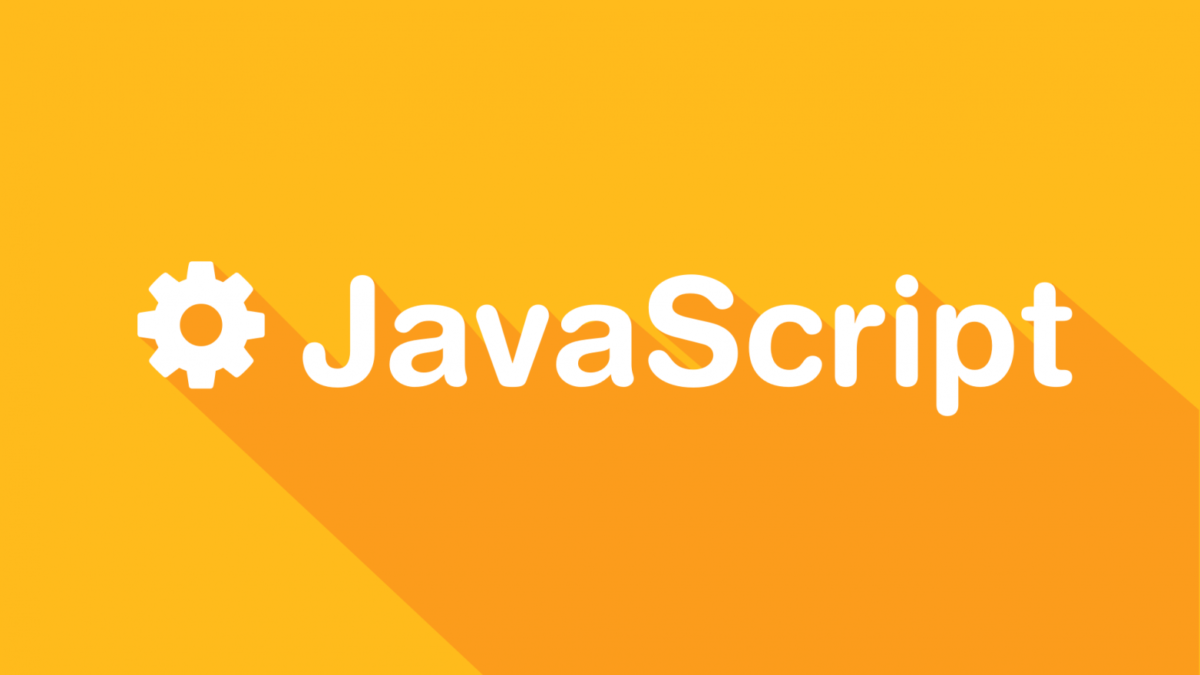An Overview about Javascript frameworks

4 min read | By Admin | 23 September 2016 | Technology
As JavaScript’s notoriety keeps on developing and with it, the encompassing biological community of current libraries and apparatuses, it can in some cases be difficult to keep up, prompting what some portray as JavaScript Fatigue. This post will dig into a portion of the advances we’re finding in the JavaScript people group and how such arrangements may profit you and your group, without making you exhausted.
Frontend
- React.js
2015 was without a doubt a major year for Facebook’s React; with numerous expansive organizations embracing React, (for example, The New York Times, Netflix, Airbnb, Instagram and so forth.) it’s difficult to overlook. So what settles on React an incredible decision for your front-end? For one thing, React is damn quick. This is accomplished by means of a virtual DOM diff with the DOM and cluster redesigns to fix just the parts of the DOM that need upgrading. Respond permits you to assemble little, reusable parts that envelop the layout and the JavaScript rationale behind them. Obviously, this requires the utilization of a fabricate instrument, for example, Webpack (and different apparatuses). It is this need of extra tooling and the advances inside this space has a considerable measure of designers feeling overpowered.
Respond, being only the perspective layer, requires extra libraries which you for the most part tend to sort out yourself, be that as it may, there are numerous standard undertakings accessible that have everyone of this prepared to leave the crate, the React Starter Kit being one of them.
The executioner components of React are ‘widespread rendering’ and ‘Respond Native’.
‘Widespread rendering’ implies that our web application can be rendered on the server and to the customer, all from the same codebase. This dispenses with any SEO concerns average of customer side JavaScript applications without resorting to arrangements, for example, PhantomJS or Prerender.io.
‘Respond Native’ permits you to target portable stages with a genuine local Java application utilizing JavaScript. Not at all like half and half portable applications that normally utilize web views inside a local shell, React Native aggregates your application down to a genuine local application for iOS and Android. In case you’re as of now utilizing React as a part of your web-stack, utilizing React Native to provide food for portable would bode well.
- Precise 2.0
Google haven’t had the least demanding of ways overhauling Angular from 1.x to 2.0 and 2015 saw Angular’s notoriety decay. A few individuals from the group weren’t excessively content with the course Google were taking the system as it’s a significant takeoff from Angular 1.x. This underlying stun made numerous look somewhere else. Additionally, the creator of Durandal joined the Angular 2.0 group in 2014 just to leave a couple of months after the fact to proceed with work on Aurelia, the successor to Durandal. In any case, Angular is in substantial use in numerous associations and a ton of the outline choices for Angular 2.0 were as a consequence of them listening to these clients, which is dependable to be empowered.
Precise 2.0 grasps ES2015, Typescript (which is discretionary) and takes the part approach much like different structures said here. Precise drops large portions of the ideas presented in 1.x, (for example, $scope) and improves numerous different components, for example, mandates. A major center for the Angular group has likewise been versatile execution, so it’s nothing unexpected to hear that The Ionic Framework has focused on receiving Angular 2.0. We can likewise anticipate that the MEAN stack will redesign once Angular 2 has been formally discharged.
In general, I think Angular will keep on getting more grounded and conceivably reinforce its place inside the venture upon the arrival of 2.0. Full Stack engineers may likewise think that it’s advantageous to manufacture both their web and versatile applications utilizing the same front end structure, conceivably expanding code-reuse because of the segmented way of v2.0.
Learning Resources: Ng-Learn has a pleasant review on Angular 2.0. In case you’re avid, to begin with Angular 2.0 in the MEAN stack, this instructional exercise is for you.
- Vue.js
Vue.js is a front-end system that is anything but difficult, to begin with, yet in the engine lies a capable structure. First off, the documentation is phenomenal and takes after a characteristic learning way. Vue.js takes the best parts of numerous different systems and wraps them up into a strong, absorbable entirety. Much like React, Vue.js advocates single-record segments and unidirectional correspondence between parts to make it simpler to keep up java application development state (store design with the changeless state). Not at all like React, Vue makes it much less demanding to begin on account of an official framework device – Vue-cli. We can even utilize other preprocessor dialects inside our single-document Vue parts, for example, Jade and Stylus. Sadly there’s no server-side rendering arrangement just yet, keeping in mind Vue performs incredibly on portable, it doesn’t have a huge group behind it like Angular, Ionic or React do.
Learning Resources: The Vue.js documentation is the best place to begin. Jeffrey Way at Laracasts has made an extraordinary video arrangement called Learning Vue 1.0: Step by Step.
Backend
A backend JavaScript engineer will be acquainted with Express, Hapi or Koa. These are all web servers whereupon you can assemble your java applications; they’re for the most part little and un-obstinate about how your application ought to be organized. Extra usefulness is regularly given through NPM modules. Nonetheless, towards the last a portion of 2015, we saw the ascent of all the more full stack structures for node.js.
This domain has ordinarily been evaded by JavaScript engineers the same number of like to sort out their own stacks. That is still the case for the greater part of JavaScript engineers and it’s the way we like to do things here at Clock as it gives us the most control.
For a very long time the main reasonable full stack system was Sails.js, firmly displayed after Ruby on Rails. Sails is still an extraordinary system, yet we now have some new contenders.
- Trails
We should start with this structure as there has been a great deal of Internet Drama around Sails and Trails of late. Trails is the work of Travis Webb and his group, initiating a measured web structure that permits you to swap out parts (even the server). This development likewise permits you to effortlessly amplify your java application with reusable trail-packs.
Travis was a center giver to the Sails.js extend yet was evacuated by Mike McNeil, the BDFL of Sails. Both sides hadn’t figured out how to settle their question in private and it was rather battled on Hacker News, in Github issues, on Twitter and so forth. Wow. In any case, just to be clear, Trails is not a fork of Sails but rather is in truth a complete re-compose and takes a full favorable position of ES2015. v1.0 is booked for discharge in April 2016 and from an underlying look, it ought to be exceptionally well known to any individual who has utilized Sails as a part of the past.
- Nodal
Nodal is conveyed to us by Keith Horwood and intends to be a simple to utilize structure for making REST APIs. While this isn’t as full-stack as it at first claims to be (server-side rendering isn’t a need) and it utilizes an unsupported templating dialect DoT.js, Keith’s gained some awesome ground permitting engineers to make REST APIs effectively, fundamentally using code generators.
Nodal is developed from the beginning ES2015. Keith was despondent with the lego-style way to deal with building web applications with node.js and needed something with a durable look and feel over the stack that made him as profitable as could be allowed. It’s likewise worth specifying that Nodal utilizes Postgres for information constancy. Generally speaking, this is an incredible structure with an exceptionally dynamic group.
- Adonis
On the off chance that you’ve ever utilized Laravel, a well known PHP web structure, then you’ll feel comfortable with Adonis. Adonis grasps the engineering and outline designs Laravel advocates and conveys them to node.js like no other full stack structure. Using ES2015 generators, intermediaries, Service Providers, Inversion of Control compartments and a capable ActiveRecord affected ORM called Lucid, Adonis surely brings a great deal of usefulness to the table.
This system favors SQL databases over NoSQL arrangements, something that is beginning to wind up significantly more regular now that PostgreSQL has awesome JSON support.
While Adonis is exceptionally youthful, it has a considerable measure of potential – particularly to attract amateurs as its documentation is very careful. Experienced designers will likewise value the engineering decisions Adonis has made as to building and keeping up extensive applications.
This system is most appropriate for the individuals who are not simply intrigued by building stateless REST APIs (which it can do great), yet the individuals who additionally wish to do server-side applications. Most systems which concentrate on being a REST API back-end tend to tumble down in the server-side rendered division and Adonis knows this.
- Strapi
Strapi is an exceptionally intriguing structure which concentrates on the development of REST APIs. It’s based on top of Koa and contains numerous elements out-of-the-case that a run of the mill designer would need, for example, a client administration framework, JWT verification, document transfer and email bolster and even backings GraphQL.
In any case, what makes this system especially intriguing are the going with web applications; an administrator dashboard that comes packaged with your venture and an online device called Strapi Studio.
The administrator dashboard permits you to deal with the clients and information inside your application, whereas Strapi Studio permits you to construct your API by means of a web interface and the subsequent code is matched up down to your PC – exceptionally cool stuff.
Right now Strapi utilizes Waterline for its ORM, yet is changing to an SQL-just ORM, in all likelihood Sequelize.
The latest from our editors
Join over 150,000+ subscribers who get our best digital insights, strategies and tips delivered straight to their inbox.



Comments are closed.